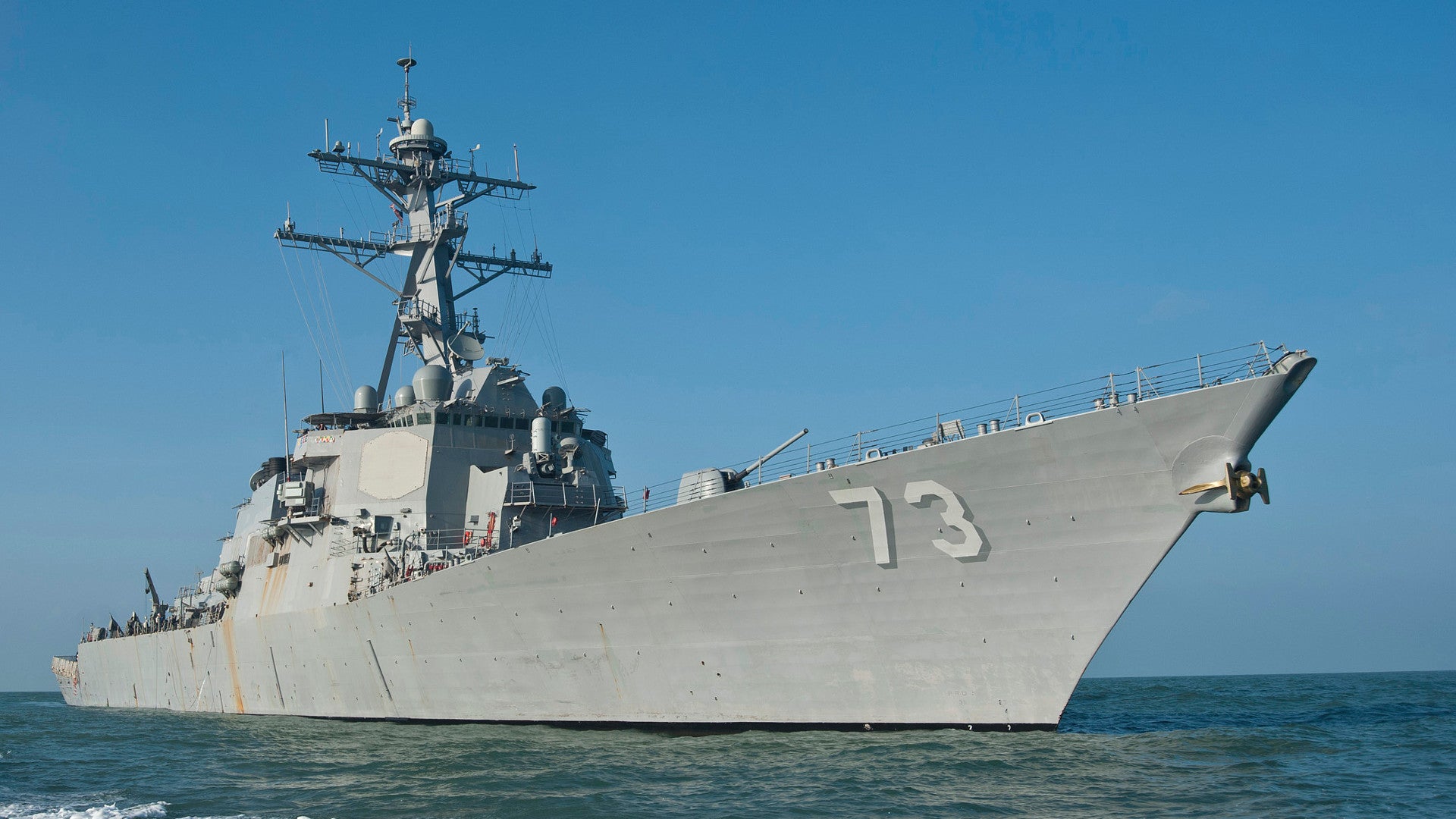The U.S. Navy has revealed that a ship from China’s People’s Liberation Army Navy, or PLAN, recently maneuvered dangerously close to the Arleigh Burke-class destroyer USS Decatur in the disputed South China Sea. The announcement followed reports that Chinese officials had decided not to hold a planned high-level meeting with U.S. defense officials, including Secretary of Defense James Mattis, as relations between the two countries become increasingly frigid over the status of the Southeast Asian body of water, an escalating trade war, arms sales to Taiwan, and accusations of Beijing’s attempts to influence American politics.
The incident occurred on Sept. 30, 2018, near Gaven Reefs, in the especially contested Spratly Island chain. The PLAN destroyer, identified only as Luyang-class ship, came within 45 yards of Decatur‘s bow, forcing the ship to change course in order to avoid a collision. The Chinese ship had already been conducting “increasingly aggressive maneuvers,” according to a statement from the U.S. Pacific Fleet, as well as issuing warnings for the American vessel to leave the area. The week before, U.S. Air Force B-52 bombers had also flown through international airspace above disputed portions of the South China Sea.
“U.S. Navy ships and aircraft operate throughout the Indo-Pacific routinely, including in the South China Sea,” the Pacific Fleet release said. “As we have for decades, our forces will continue to fly, sail, and operate anywhere international law allows.”
Decatur was on a so-called Freedom of Navigation Operation, or FONOP, a type of mission that is intended to reinforce the U.S. government’s disagreement with China’s assertion that the vast majority of the South China Sea is its sovereign territory. Since 2014, the Chinese have been working on a massive reclamation project to turn previously uninhabitable reefs and other locations into manned outposts to bolster its claims. As of 2016, Chinese forces had expanded one of the two Gaven Reefs into a facility covering more than 170,000 square yards that includes a dock and a half a dozen fixed weapon emplacements.
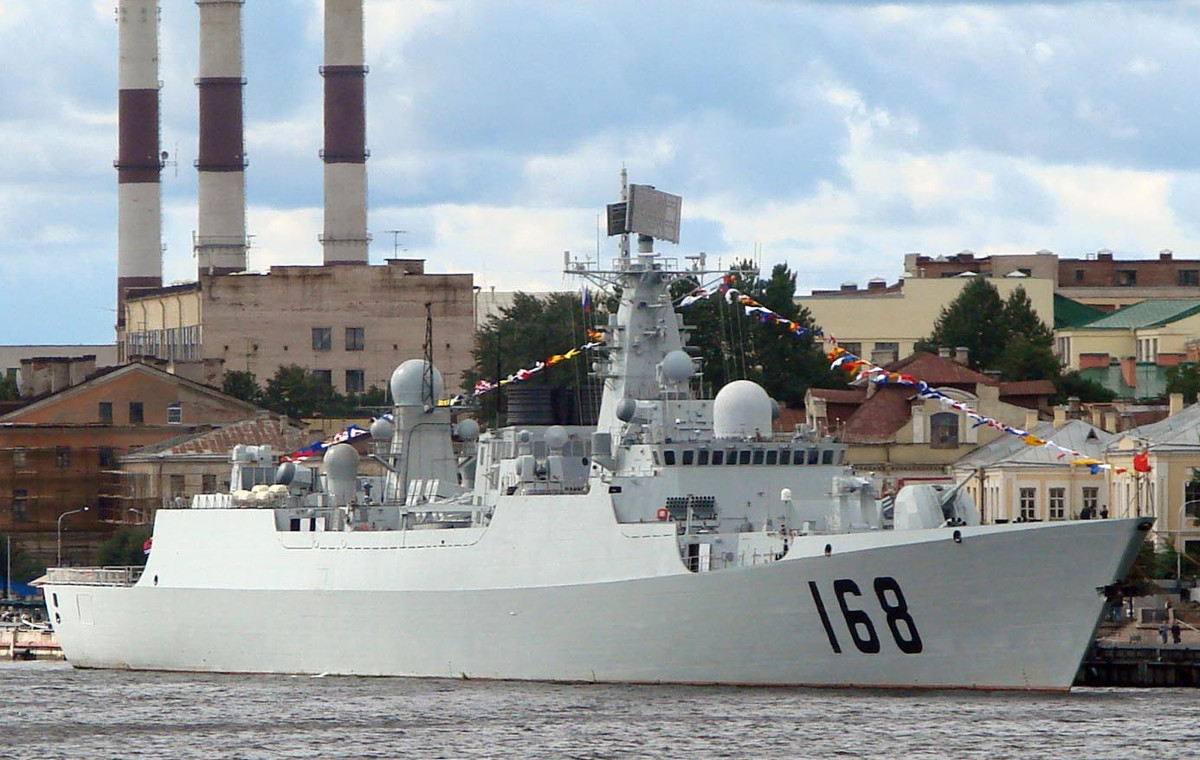
That same year, the Permanent Court of Arbitration at The Hague in The Netherlands ruled that Gaven Reef (North) was entitled to a territorial sea 12 miles out to sea in any direction, but not an exclusive economic zone or any other national boundary. Gaven Reef (South) did not meet the criteria for any national claim. The Navy says Decatur came within 12 miles of both Gaven Reefs and nearby Johnson Reef, which is also home to a Chinese outpost.
All told, there are now eight major Chinese made-man outposts in the Spratlys. In May 2018, China reportedly deployed both long-range surface-to-air missile systems and shore-based anti-ship cruise missiles to Fiery Cross Reef, Mischief Reef, and Subi Reef, a significant escalation in the situation that could make it more difficult for American forces to operate in the area during an actual crisis.
There have also been reports that Chinese forces are stepping up efforts to try and jam American military aircraft flying in international airspace in the region, zapping their crews with at least temporarily blinding laser beams, and otherwise harassing those missions – something China has done in the past during periods of increased tensions. China’s air traffic controllers in the South China Sea have also increasingly sought to warn off American planes, telling them to leave the area to avoid any “misunderstandings.”
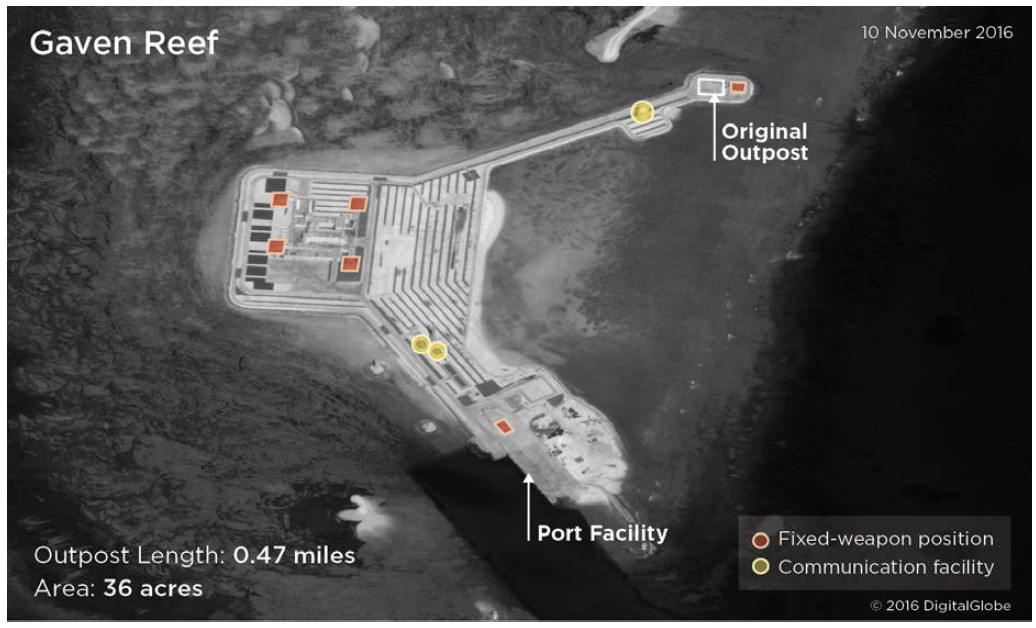
Though Chinese ships have shadowed naval FONOPs in the past, they have typically kept their distance. Before Decatur sailed by Gaven Reefs and Johnson Reef, the most recent naval FONOP had come in May 2018, when the Arleigh Burke-class destroyer USS Higgins and the Ticonderoga-class cruiser USS Antietam
cruised past islands in the equally contested Paracels chain, which lie further to the northwest of the Spratlys. This came after the U.S. military disinvited China from the annual Rim of the Pacific military exercise, or RIMPAC, near Hawaii, specifically citing Beijing’s man-made outpost construction and overall militarization of the South China Sea.
That mission “contravened Chinese and relevant international law, seriously infringed upon Chinese sovereignty [and] harmed strategic mutual trust between the two militaries,” the Chinese Ministry of Defense said in a statement at the time, but there was no more serious attempt to hamper the American ships. “China will continue to take all necessary measures to defend the country’s sovereignty and security.”
U.S. President Donald Trump did not order a single FONOP until almost six months into his tenure, amid what initially appeared to be warming ties between him and China’s President Xi Jinping. That has steadily proven not to be the case and we may begin to see an uptick in more controversial incidents as the U.S. and Chinese governments are now locked in an increasingly bitter trade war, as well as other disputes.
“Maybe he’s [Xi] not [my friend] anymore, I’ll be honest with you,” Trump said during a press conference at the United Nations on Sept. 26, 2018. “I think we had a very good friendship.”
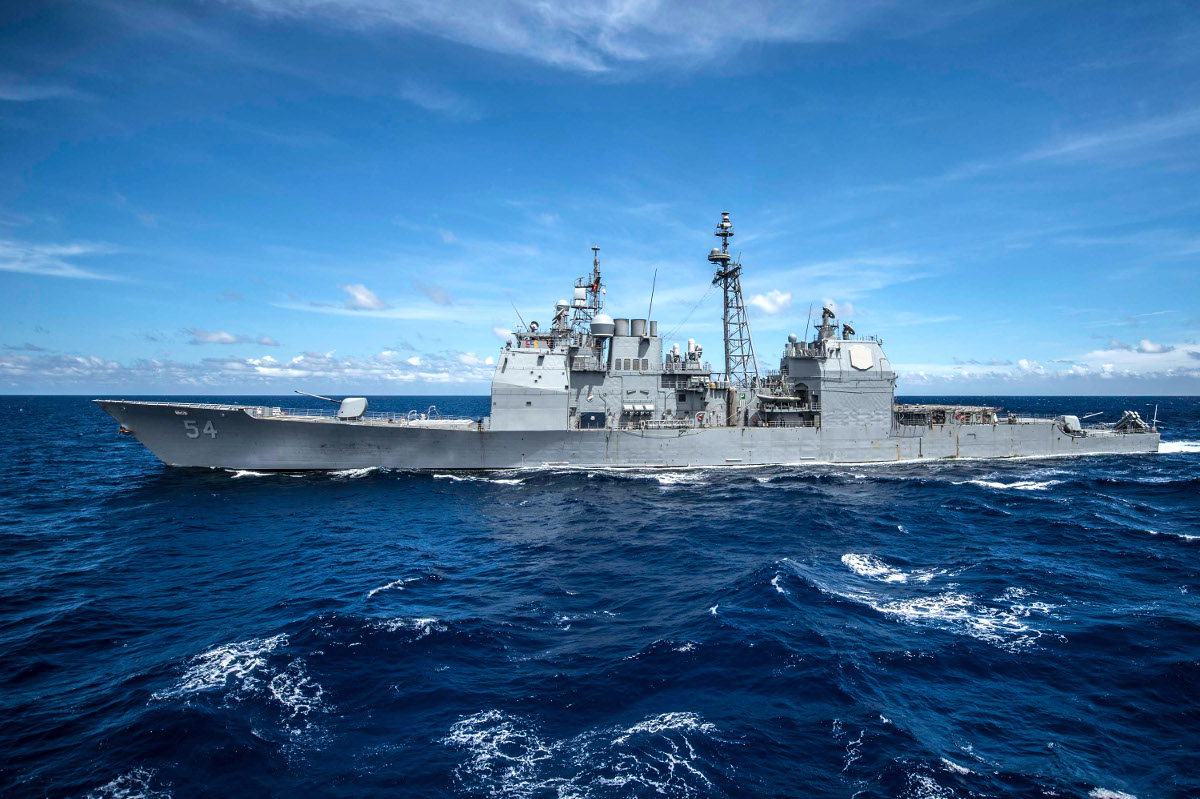
At a meeting of the United Nations Security Council on Sept. 26, 2018, Trump accused China of meddling in the up-coming 2018 U.S. mid-term elections. The president did not offer any specifics about Chinese interference in the election process and it was not clear whether he had conflated the issue with reports of a Chinese-funded media blitz in the United States that is critical of the Trump Administration’s increasing tariffs on certain imported goods from China.
This building friction between the two countries has also led to the cancelation of a series of significant meetings. On Oct. 1, 2018, the same day the Navy announced the incident with Decatur, The New York Times reported that Chinese officials had withdrawn from an annual diplomatic and security dialogue that was supposed to occur later in October. Secretary of Defense Mattis would have attended this meeting, which occurs specifically to offer a place for both sides to promote cooperation, voice grievances, and build trust.
Unfortunately, as we at The War Zone have noted in the past, the Chinese have positioned themselves in the South China Sea very well both physically and politically, which will make it difficult, if not impossible for the United States to put pressure on them in any way that would force them to change course. FONOPs will likely have increasingly less of a meaningful impact this late in the game.
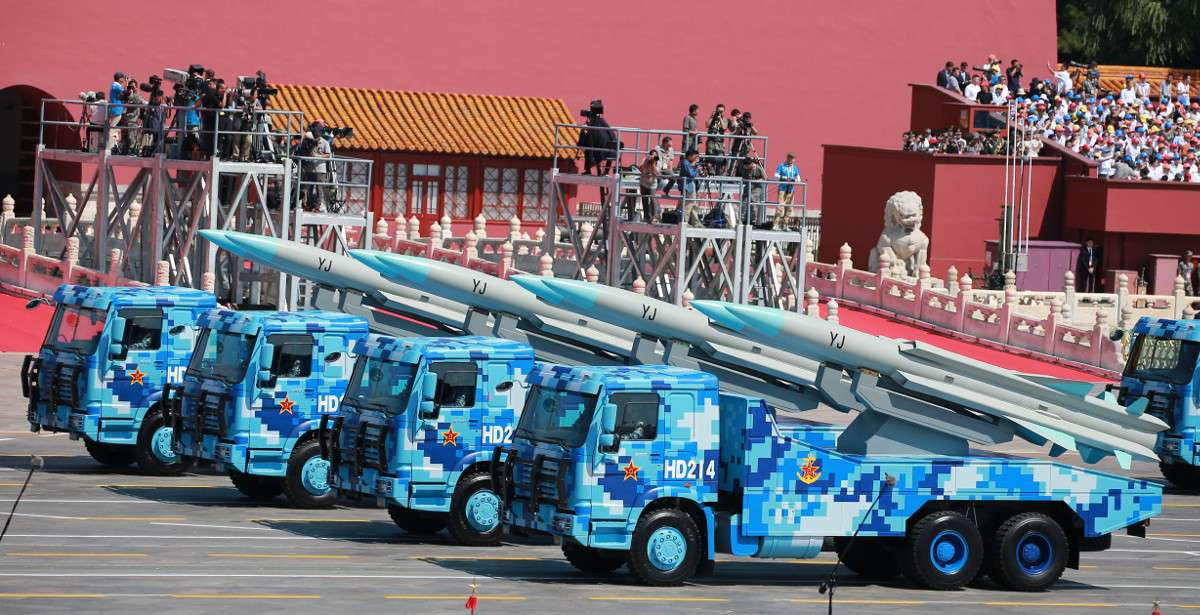
“In my interactions as U.S. chief of naval operations with the PLA Navy commander, Admiral Wu Shengli, Admiral Wu made clear that he thought the United States would have a more forceful reaction when China began its island-building,” retired U.S. Navy Admiral Jonathan Greenert, who last served as the Chief of Naval Operations under President Barack Obama, wrote in an August 2018 monograph for The National Bureau of Asian Research. “When there was no such response, the island-building campaign continued apace.”
Now China is much more firmly ensconced in the region and has taken more aggressive action against foreign commercial activities in the past, sometimes leading to dangerous
ramming incidents. The PLAN, along with the Chinese coast guard, which is now under the control of the country’s Central Military Commission, and the People’s Armed Forces Maritime Militia, a sort of weaponized fishing fleet, work to provide a layered defense against intruders.
Knowing all this, the unprecedented incident with Decatur may be an indication that China feels increasingly more willing to risk “getting physical” and challenge the U.S. military inside what it considers to be its own national territory.
Contact the author: jtrevithickpr@gmail.com
